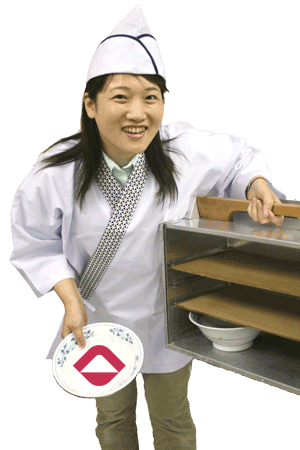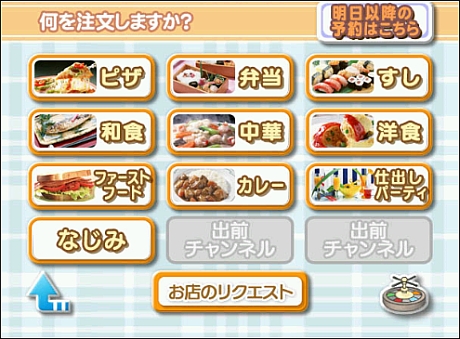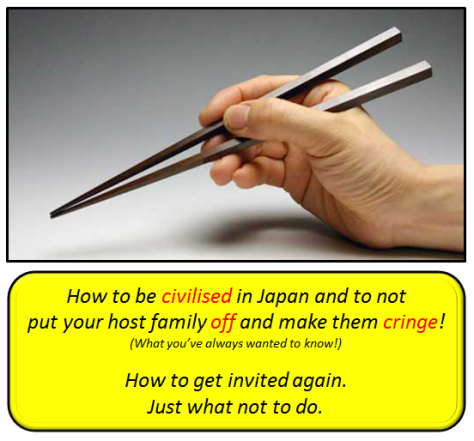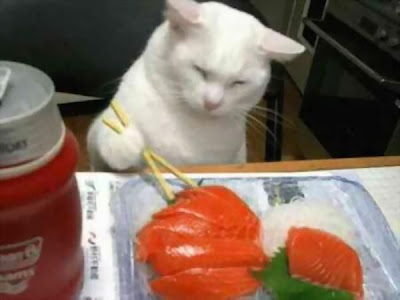Category Archives: Obentō 02-092
Funeral お葬式 おそうしき o-sōshiki
the funerary display
the funerary display
the funerary display
the funerary display
the funerary display
the funerary display
the rice vat symbolising the passing – notice the chopsticks
the envelop for the financial contribution
a hearse
a hearse
inside a hearse
a hearse
a display hearse with display coffin
services for the Imperial Family are on a national scale
cemetery
(photos from the internet for educational purposes)
New Year’s Celebrations, お正月 おしょうがつ oshōgatsu and 出前
On this website we have been able to present you with photos of amazing dishes on grand occasions. Indeed, some of our friends have been specially treating themselves for photography’s sake. (Yes, we have friends like that! Eat your heart out!)
New Year’s Celebrations お正月 おしょうがつ oshōgatsu
However, these photos are more low-key and they are the more practical side to organising a busy time for a family get-together. This meal is still quite expensive, but it shows a more pragmatic approach.
For instance, elderly people do not have the energy during a cold time of the year to go shopping and to stand around in the kitchen preparing food. Grandma loves to have her children and grandchildren around her, but she is not looking for work. A daughter-in-law would take over, but the main food items are bought at the local food hall, taken home and “further got ready”.
Grandma already has all the crockery, the chopsticks ohashi お箸 おはし come from the food hall for the occasion and a variety of dishes is ordered. The food is delivered 出前 でまえ demae. More photos explaining the service are at the bottom of this page.
The daughter-in-law needs to only sort out what goes where and who wants what and what needs reheating, or further preparation.
A soup is a good starter. Some white-flesh fish, a mushroom, some “greenery” and a carrot for colour. This is an individual dish.
Another dish consists of shellfish, pickles and more fish. These boxes are “communal boxes”, so one takes what one wishes.
This container lacquer box お弁当箱お べんとうばこ obentō bako has meats and some eggplant and peas.
A whole snapper! Very expensive, particularly at that time of the year. Guests can pick at the white flesh to supplement their food. A snapper, or 鯛 たい tai, can easily cost up to $100, so it needs to be a special occasion for special guests.
The yellow on the left hand side represents a rolled and sliced fried egg, tamagoyaki, 卵焼き たまごやき (a sort omelette) and the yellow on the right is sliced lotus root. The distinctive holes create an interesting pattern on a plate.
A dish of sashimi 刺身 さしみ adds to the variety and the choice for the guests.
Lastly a plate of beef 牛肉 ぎゅうにく gyūniku completes the meal.
It is easy to prepare one’s own cooked white rice ご飯 ごはん gohan by using the electric rice cooker 電気炊飯器 でんきすいはんき denkisuihanki. Altogether a very expensive meal, a lot of variety and a minimum of fuss for a special occasion. No one has to slave for hours in the kitchen.
The other good thing is that the dishes are easily taken care of: the lacquer boxes お弁当箱お べんとうばこ obentō bako can be returned to the restaurant after a rinse.
新年明けましておめでとうございます。
しんねんあけましておめでとうございます。
shinnen akemashite omedetō gozaimasu
food delivery 出前 でまえ
Depending on the restaurant service, they deliver on the ubiquitous bike, or even by van. Most people would have a menu already at home, so they can choose over the phone what they want and then the firm delivers. Very simple. One can pay at the door, or good customers could also pay later at the restaurant; that would depend on the relationship between the parties concerned.
food delivery 出前 でまえ demae
いただきます
itadakimasu
enjoy your meal!
いただきます
itadakimasu
enjoy your meal!
Japanese dishwashers しょっきあらいき
食器洗い機 しょっきあらいき
shokki arai-ki, dishwasher
Japanese kitchen space often dictates the size of the appliance. Also there may not be all that many people needing the appliance in the first place.
This seems to be the size that we are more familiar with in a western kitchen.
Sometimes one has to wonder if the cleaning of the appliance is not more work than actually cleaning the dishes by hand. There’s a thought. Is it a status symbol?
Smart design though: “you just Gota have it!”
コンパクト除菌ミスト
こんぱくと じょきん みすと
konpakuto jokin misuto
(compact sterilise mist)
compact with sterilising mist
National コンパクトで充実機能
National こんぱくとで じゅうじつきのう
National konpakuto de jūjitsukinō
compact with full functionality
小さく置ける大きく開く
ちいさくおけるおおきくひらく
chiisaku okeru ookiku hiraku
(little take up space – big open up)
Space saving wide opening
That pan would fill up with water in no time! Oh well, it is a demo for size maybe.
Also: if chopsticks are made of wood, you still would have to wash them by hand… Would you put your expensive Japanese porcelain, or your expensive Japanese lacquer ware in the machine – not really. There is nothing like the good hand-at-the-sink wash.
Not funny, is it?!
All parents seem to think it is a very useful skill to learn though. You’re doing a brilliant job! Great sink to work at!
We would love one of those glass ones at home, so we could all watch the dishwasher wash the dishes. We would save time washing of course, but we would have time to watch. Unfortunately, these glass ones are only shop demo models.
Table manners
As more and more people travel to Japan, or have Japanese guests over for a meal at home, it is important to know something about table manners. We have table manners as well (although sometimes one wonders) and we have do’s and don’t’s in order to make the meal experience as pleasant as possible for everyone.
One of the most persistent ideas we come across is people telling us that Japanese people, Chinese people or any other Asian people for that matter seem to enjoy burping their way through a good meal, or seem to have the need to round off a good meal that way. What utter nonsense!
Similarly, the slurping sound is only the result of eating very hot noodles when they are at their most delicious! Maybe in a familiar environment some people get carried away, but it is not part of formal eating. We do not appreciate noises and frequent mmyyummyummsmmms sound bites either – whether the guest enjoys it or not. Enough said.
If you want more information on chopsticks, here is the page CHOPSTICKS. Or perhaps you are more concerned about the Green environment GREEN.
We also found some pictures to demonstrate the Anglo-Saxon equivalent. Have a laugh!
The modern disease: I paid for it and I have more than abundant and I am full and I have slaves and my slave will clean it, because I can afford it and I deserve it.
The best one can say about this: it feeds the sparrows.
Here are some left-overs:
Mind you: this is still a bit cute. ..
I tiny little bit cute, if guests are not present…
Yes, here it is still cute for a moment and a laugh at home, but if it is not directed, it could become all of the above.
305 ‘Green’ グリーン



The going green movement in Japan is becoming stronger every day. In the past Japan has had huge polution problems and although not all issues are resolved, the younger generation is becoming more aware of it and beginning to demand action against wastage.
One of the earliest complaints was against the Japanese custom of wrapping up presents with layers of paper, which were all quite unceremoniously thrown out afterwards. The issue of chopsticks has come up many times too, although there the issue is more about hygiene. Nevertheless, Japan is going green.
On a rather painful note: the whole Fukushima disaster will bring Japan and the rest of the world to a rethink on nuclear power. Questions are being asked about the huge electricity bills that Japan generates. Tokyo and any other large Japanese city is lit up and seen from the moon! Many Japanese people leave the neon lights on all night long – even all day long. That habit may become a thing of the past. Don’t forget though that 125 million people cannot change overnight. It takes precious time.

These days more and more people shop in recycle shops, which were not so long ago an absolute no-no. Students changed that and foreigners changed that. The rubbish collection in Japan is a sight to behold. More and more stuff is recycled. However, be reasonable: most people don’t have a lot of space to store, so if you want a change, or something breaks, you have no option but to chuck!
Eco-travel in Japan with Nippon Travel Agency



















































































































